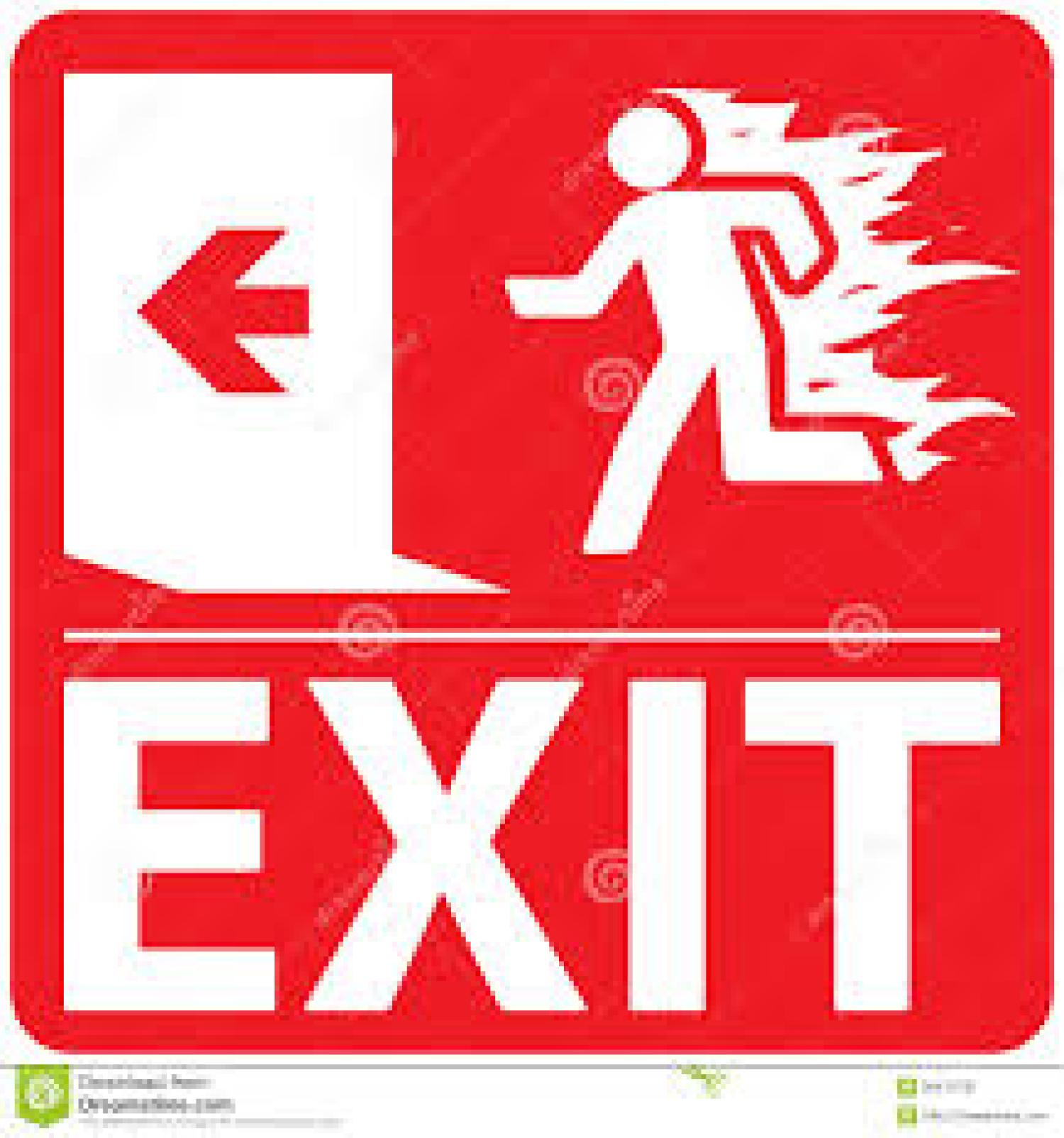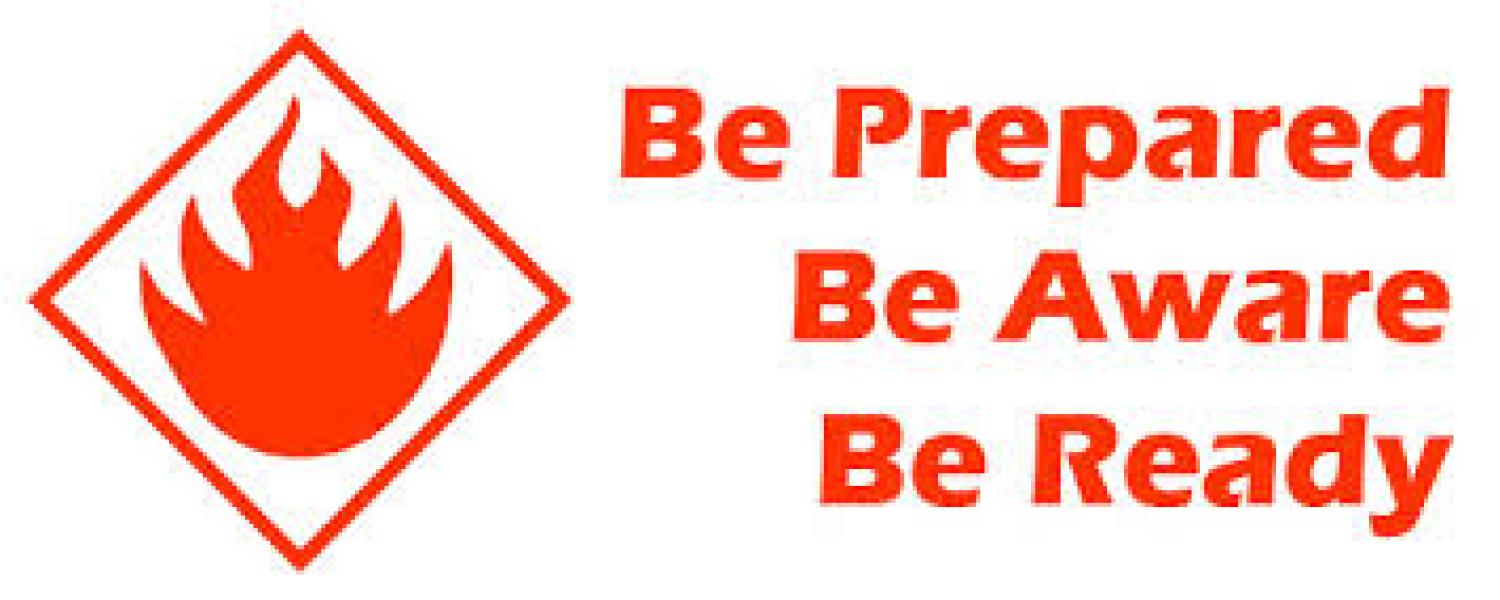Fire Safety
Fire Safety and Regulation oversight is the responsibility of the campus Fire Marshall. The Fire and Life Safety department's mission is to "Ensure the safety of the University of Colorado students, personnel and visitors through the interpretation of fire protection codes and standards and the application of engineering principles."
Campus department's play a key role in assuring the compliance with fire safety policies. In addition, lab members must understand their role in fire prevention and following procedures related to fire safety when using pyrophoric chemicals, flammable gases and working within laboratory environments where flammable materials are used.
Proactive Approach
There are several things that can be done to help in the prevention of fires and explosions within a laboratory environment.
- Understand what you are working with, do your research first on the safety hazards.
- Find out what PPE is required
- Find out what Engineering controls are needed
- Have a written protocol for the experiment that details a step by step process
- Know what to do if an emergency occurs, how will you respond?
- Know how to put out a fire and use a fire extinguisher
- Know how to administer First Aide to someone who has been injured.
Protective Measures Personal Protective Equipment
When working with pyrophoric and flammable materials, it is critical to have the appropriate protective equipment available. The department offers a Flame Retardant lab coat service for all labs that would require this level of protection. These coats have an added level of protection for the user against a flame in the event of a fire. Proper laundering of the coats is important in the ongoing maintenance of the equipment and is a good habit to establish for chemical hygiene practices.
Protocols and Procedures
Laboratories have specific code regulations that the campus must adhere to for assuring safety within these environments. The campus Fire Marshall has set forth Laboratory Safety Code Requirements to meet this compliance.
The campus fire Marshall has also developed protocols for working with Pyrophoric materials and Compressed Hydrogen Gas. Any students or employees using these materials must adhere and follow these protocols for personnel safety. Any questions with respect to these protocols can be addressed to the lab's PI and Fire Marshall if further clarification is needed.
Some other helpful resources for labs to reference are the "Do's and Don'ts" list, along with a Laboratory Fire Safety Inspection Sheet. Both of these items can be utilized to make sure your lab is in compliance with Fire code and regulations.
Fire Emergency

Small fires: Use a fire extinguisher or fire blanket to extinguish the fire. After the fire has been extinguished, report the incident to the lab PI and the Building Manager right away. The fire marshall will conduct an investigation into the fire and determine if any corrective actions need to be taken for future issues.
Large or Out of Control Fires: Do not attempt to extinguish the fire. Alert everyone in the area that there is a fire and to leave. Assist those individuals that may need help, safely. Evacuate the area near the closest exit, close the door behind you and pull the fire alarm on your way out the building. When in the evacuation area, contact the Building Manager to relay information about the fire and any missing individuals, so it can be communicated to the Fire Department.
Catching On Fire: If you or someone in your area has their clothing catch fire, attempt to put the fire out by having the person stop, drop and roll on the the floor. If a fire blanket is available, this can be used to wrap around the person to extinguish the flame. Know where the safety shower and eye wash stations are located if water can be used to put the flame out as well. Administer first aide to the person and have someone in the area call 911. Have someone in the lab alert the PI for the lab as well.
What to Do if

If You Hear a Fire Alarm
- Immediately evacuate the building via the shortest and safest route. Do not use elevators.
- If you notice smoke, use the alternative escape route.
- Test doors with the back of your hand before opening them. If the door is warm or if you notice smoke, use an alternative escape route. Check paths for safety before proceeding and close doors behind you.
- Crawl low if you have to go through smoke.
- Go to a safe area or to a pre-assigned exterior area for your building.
- If you suspect that someone is missing or trapped, contact the emergency personnel outside the building.
- If you are trapped during a fire emergency, close all doors between you and the fire. Stuff cracks around the doors to keep out smoke. Wait at a safe window and signal/call for help. If there is a phone in the room, call the fire department or 911 and tell them exactly where you are.
- Stop, Drop and Roll if you clothing catches fire.
If You Discover a Fire
- Leave the fire area and close the door to the area.
- Sound the fire alarm.
- Immediately evacuate the building via the shortest and safest route. (Proper use of fire extinguishers within extinguisher limits and by trained individuals is optional but should not be attempted until building alarm is actuated and people are evacuated.
- Do not use elevators. A fire can disrupt the operation of elevators and trap occupants inside.
- If you notice smoke, use the alternate escape route.
- Test doors with the back of your hand before opening them. If the door is warm or if you notice smoke, use an alternative escape route. Check paths for safety before proceeding and close doors behind you.
- Crawl low if you have to go through smoke.
- Go to a safe area or to a pre-assigned exterior area for your building.
- From the nearest phone in a safe area, call 911.
- Await emergency response personnel at safe location and direct them to the scene.
- If you suspect that someone is missing or trapped, contact the emergency personnel outside the building.
- If you are trapped during a fire emergency, close all doors between you and the fire and stuff cracks around the doors to keep out smoke. Wait at a safe window and signal/call for help. If there is a phone in the room, call the911and tell them exactly where you are.
- Stop, Drop and Roll if your clothing catches fire.
Fire Safety Guidelines
The Fire Marshall has set forth some other guidelines related to fire safety. Follow this link to find out more: Fire Safety Guidelines
If you ever have any questions do not hesitate to contact us.

